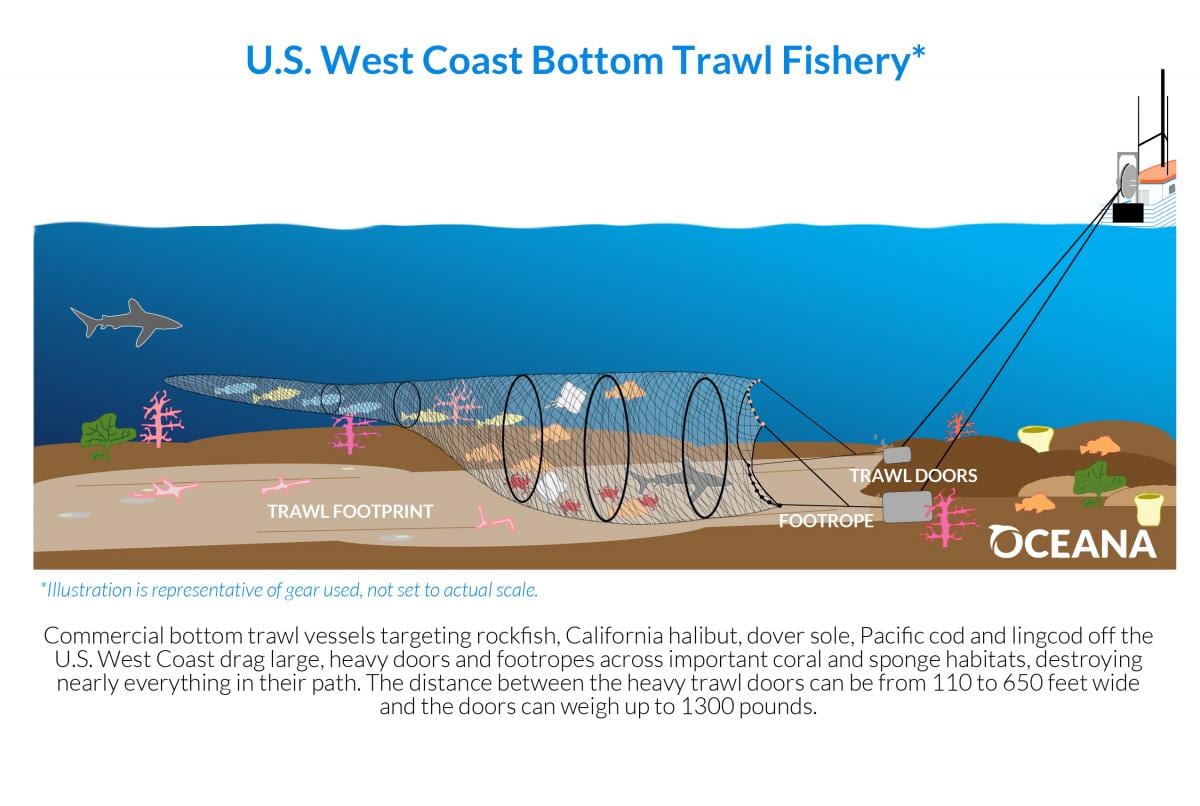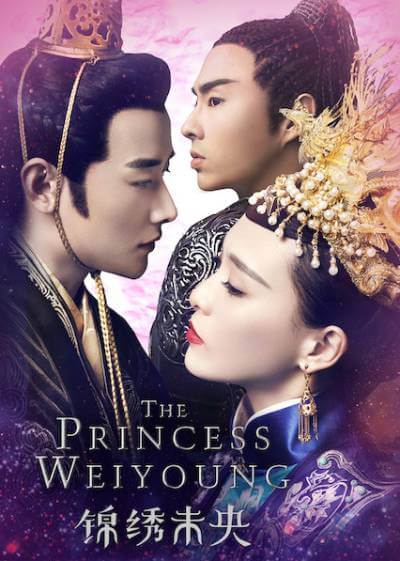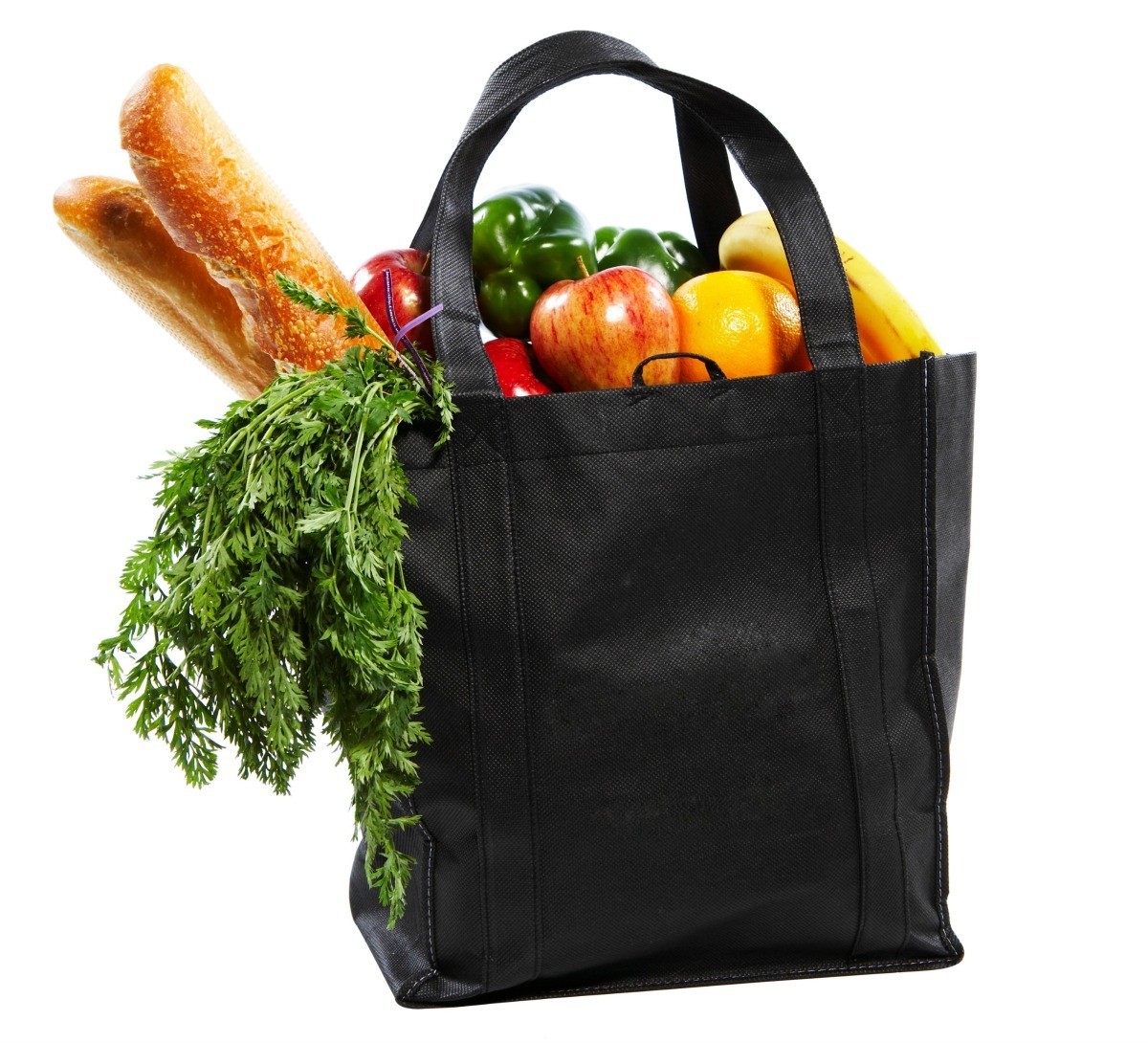This Civic Issues blog will focus on topics related to sustainability and the environment, which are currently facing significant challenges that require individual and collective action. The first blog gives insight into overfishing, its effect on the environment, and ways to combat overfishing to be more sustainable.

Many people have heard the common saying, “plenty of fish in the sea” yet with the current methods of fishing and resource consumption that may not be true in the near future. With the current rates of fishing, pollution, and climate change ecologists predict that by 2048 the oceans could be completely void of fish. Even now over one-third of all sharks and manta rays are at risk of extinction. Many different ocean species are seeing their numbers greatly reduced over the past few decades, and overfishing is one of the largest contributing factors.
Overfishing involves fishing too many fish to the point that populations are depleted and cannot recover. This also impacts the entire ecosystem which loses its delicate balance. Any body of water can experience overfishing such as oceans, rivers, and lakes, yet it is most commonly talked about in relation to the ocean. Overfishing is not a new concept, since a historical example comes from the early nineteenth century when there was a demand for blubber to produce lamp oil, so whale populations were drastically reduced. Over the past five or so decades fishing yields have been increasing smaller, revealing the impact overfishing has had on fish populations being able to reproduce to replenish their numbers. The reason for excessive fishing is in part due to the high demand for fish, as well as not enough regulation and lack of effective fishing methods.
To understand why overfishing is a pertinent issue for the environment and sustainability efforts it is important to look at the impact it has and the consequences. Large-scale commercial fishing often uses methods that catch more than just the intended species of fish, which means there is bycatch. The bycatch is discarded by the fisheries and is dropped back into the ocean, usually harmed or dead. An example is a commercial fishery that is using nets to catch tuna, which is not only greatly reducing the tuna population but is also harming other species such as dolphins in the process. Not only are aquatic animals disrupted but so are the coral reefs through a fishing practice called bottom trawling, which has large nets drag across the ocean floor. The bottom of the net has a metal cable that weighs the net down and also crushes the vegetation and coral reefs on the ocean floor. To understand the gravity of the situation scientists have predicted that by 2050 about 90 percent of the coral reefs will be dead.

Not only is the environment, aquatic animals and vegetation negatively impacted by overfishing and unregulated fishing practices, but this has also led to economic consequences for humans as well. The fishing industry is large and employees many people. Statistics show that 35 million people work in the fishing industry and of those 27 million work in capture fishing. This is a job that provides a livelihood and income for many families, yet with income yields getting smaller each year, this may soon mean that people will lose their jobs. Also, some people use fish as a large part of their food source and overfishing could have a great negative impact on them if fish populations are so reduced that prices rise dramatically.
Yet, there is hope to change the current course and help stop overfishing, but it will take action and collaboration on many fronts. There are multiple ways to either promote sustainable fishing or for people to use their voice to enact change. The start to all change is information and education. People, governments, companies, and fisheries need to know the impact that overfishing has to understand the need for change. Governments can do their part by placing regulations on fishing and enforcing them. One possible regulation could be catch limits so no one fishery is taking too many fish leaving populations depleted. Also, the U.S. imports a majority of its seafood and can ensure that the nations and companies they import from are following a set of standards to combat overfishing.
Innovation and technology can also help reduce the amount of seafood people consume. Similar to how there are now plant-based option to meat such as Impossible Foods and Beyond Meat, there is an increasing amount of plant-based seafood options that replicate the taste of shrimp, tuna, fish sticks and more. Not only is this an alternative to fish that can reduce fishing and help stop overfishing but it is a great option for vegetarians or vegans who want to enjoy seafood dishes without changing their dietary habits.

Some people would turn to farmed fish then instead of caught fish, yet there is a dilemma associated with that choice. First, the ethical dilemma of how those fish are treated in the farms since the living conditions are not always held to high standards. Second, it has been proven the nutritional benefits of farmed fish are much lower than the benefits of caught fish. Lastly, some of the fish in fish farms need to eat other fish as their source of food, which does nothing to combat overfishing. So, it is clear to see that sometimes finding viable alternatives is difficult and there is no direct answer to solve the complex issue of overfishing.
Oceans are home to up to 80 percent of all life on earth, so humans need to protect the ocean and its inhabitants. Promoting sustainability means that fish can be consumed moderately and ethically for many generations to come. Not only is it up to collective action by fisheries and governments to stop overfishing, but individuals can have a massive impact by using their voices and votes, as well as making simple everyday choices.
Information Links:
What Are the Causes of Overfishing and How Does It Affect the Environment? (sentientmedia.org)
Overfishing: A Current Serious Environmental Problem – Global Waste Cleaning Network (gwcnweb.org)
Overfishing (nationalgeographic.com)
Bottom trawling – Oceana USA













